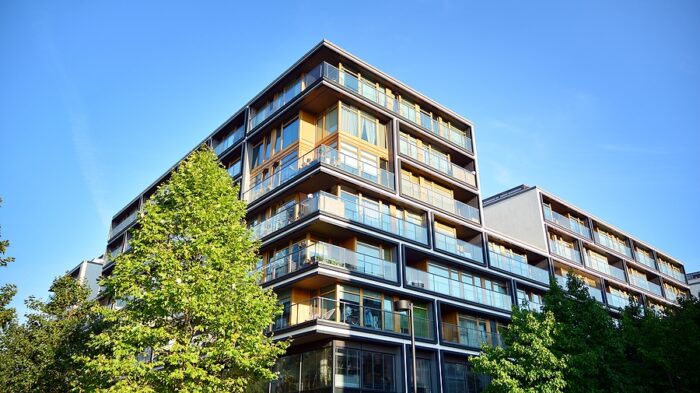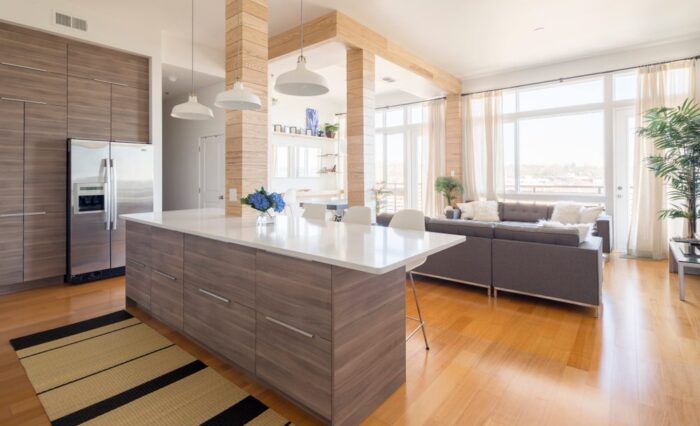
You’ve found a stunning apartment. It is bright and sunny, has gorgeous views and plenty of space, and you want to buy it. This is a wonderfully exciting time, especially as Australian cities build upwards and not outwards.
You can still enjoy the perks of being close to the city-centre without having to fork out exorbitant amounts on a standalone property.
But it’s important to understand the building’s strata scheme before you buy. Is the building well-managed? Have you noticed any conflicts? Will you be able to renovate?
All this can be found through asking the building’s owners corporation (OC) a few important questions, including:
1. What, Exactly, Is a Strata Property?

First off, the most important question to understanding your prospective building: what is a strata property? First class owners corporation lawyers can always help you understand further, but the basic definition is that it is a building or multiple buildings that are divided into separate lots.
Apartment buyers own their individual lots, with each apartment owner coming together to own the common areas.
2. What Will I Own?
With strata buildings it can be hard to know what you will actually own. Naturally, you own the apartment, including all floor coverings, internal walls and “airspace”.
This can also include balcony or courtyard space if the building contains it. You are responsible for maintaining your own lot.
3. What Won’t I Own?

But this doesn’t mean you own everything beyond the apartment. You won’t own external common areas, stairwells or walls – you will collectively own these with fellow members of the OC.
4. Who Is in Charge of The Strata Property?
The OC – of which you will be a member – owns the strata building. They likely employ a strata managing agent to assist in managing the property.
A strata committee is typically appointed at an annual meeting to represent you and other lot owners. The committee is then in charge of making decisions on behalf of all lot owners.
5. Does It Cost More?

Strata lot owners have to pay levies. These are typically paid on a quarterly basis and can vary depending on the size of the lot and other factors. Strata levies cover the costs of building maintenance, cleaning, electricity, gardening and other common area considerations.
These levies are typically designated in two funds: a sinking fund for big maintenance jobs and an administrative fund for everyday expenses. It is important to note that you must be able to afford these levies on top of your mortgage payments before buying the apartment.
6. Do I Have to Attend OC Meetings?
Technically no – but it’s always advised that you attend. After all, you might want to have your say regarding the building’s operation and what can be done to ensure it is operating well.
7. Can I Renovate My Apartment?

You can perform all kinds of details on your apartment, including handrails, picture hangers, filling holes in walls and interior painting. For these minor details you won’t have to seek OC approval.
For larger renovations you will have to seek at least 50% approval from the OC. For major structural changes and those that affect the outside of your apartment you will need to seek an OC special resolution vote of approval (and potentially council approval, too!).
Conclusion
So, be sure to ask your real estate agent these important questions before buying into a strata scheme. One of them may have a defining impact on whether or not the apartment actually is your dream space, so it’s good to get these answers before you buy property.














